
What is Web 3 and How It Will Revolutionise the Internet?
The internet has come a long way since its inception in the early 1990s. It has revolutionised the way we communicate, learn, and do business. Now, with the introduction of Web 3, a new type of internet, the possibilities are endless.
Table Of Contents
- What is Web 3?
- The History of Web 3
- How Web 3 is different from Web 2.0
- Benefits of Web 3
- Examples of Web 3.0 Technologies
- Web 3 Use Cases
- Web 3 Security
- How Will Web 3 Revolutionise the Internet?
- Challenges with Web 3
- What Does the Future of Web 3 Look Like?
- Conclusion
What is Web 3?
Web 3 is sometimes referred to as the “third generation web” or the “decentralised web”. It is an open-source, decentralised network of computers that are not owned or controlled by any single entity. It is a peer-to-peer network, where users can connect directly with one another without the need for a centralised server. This gives users more control over their data and their digital identities.
Web 3 is powered by blockchain technology, which is a distributed ledger system. It uses consensus algorithms to ensure that transactions are secure and verifiable. This technology also allows for the development of smart contracts, which are digital agreements that are enforced without the need for third-party intermediaries.
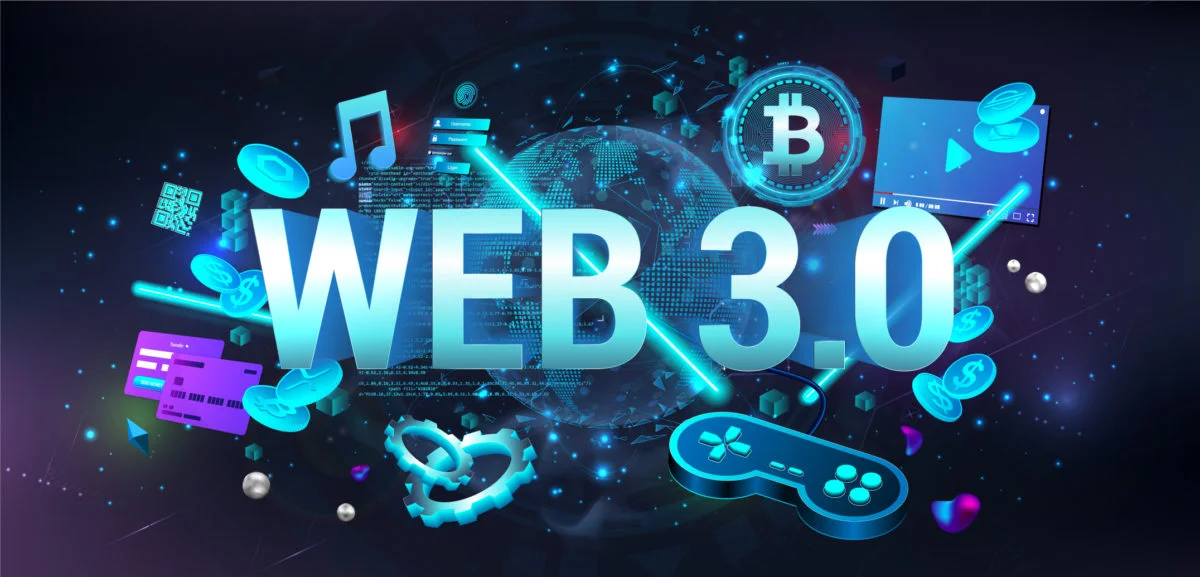
The History of Web 3
The concept of Web 3 was first proposed in the late 1990s by computer scientist Tim Berners-Lee. He envisioned an open, distributed network that would be free from any centralised control.
However, it wasn’t until the launch of Bitcoin in 2009 that the concept of Web 3 began to gain traction.
Since then, the development of Web 3 has accelerated rapidly, with the launch of Ethereum in 2015 and numerous other platforms, such as EOS, Cardano, and Tezos.
These platforms have opened up a world of possibilities for developers, allowing them to create decentralised applications (DApps) that are powered by blockchain technology.
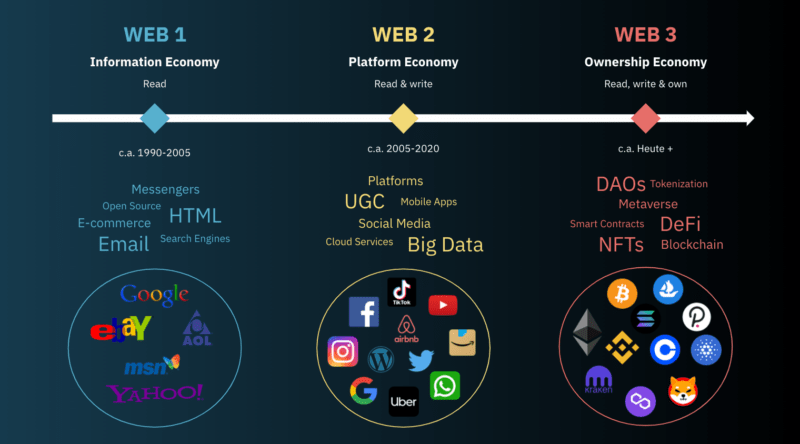
How Web 3 is different from Web 2.0
Web 3 is fundamentally different from Web 2.0, which is the current version of the internet.
Web 2.0 is a centralised network, where users rely on third-party services to access the content. This means that users do not have full control over their data, and it can be easily accessed and manipulated by third parties.
In contrast, Web 3 is a decentralised network, where users have complete control over their data. This means that users have full ownership and control over their digital identities, and no third party can access or manipulate their data.
Web 3 also has the potential to revolutionise the way that people interact with the internet. In Web 2.0, users are limited to the services provided by third-party companies. In Web 3, users can interact directly with one another, without the need for a third-party intermediary.
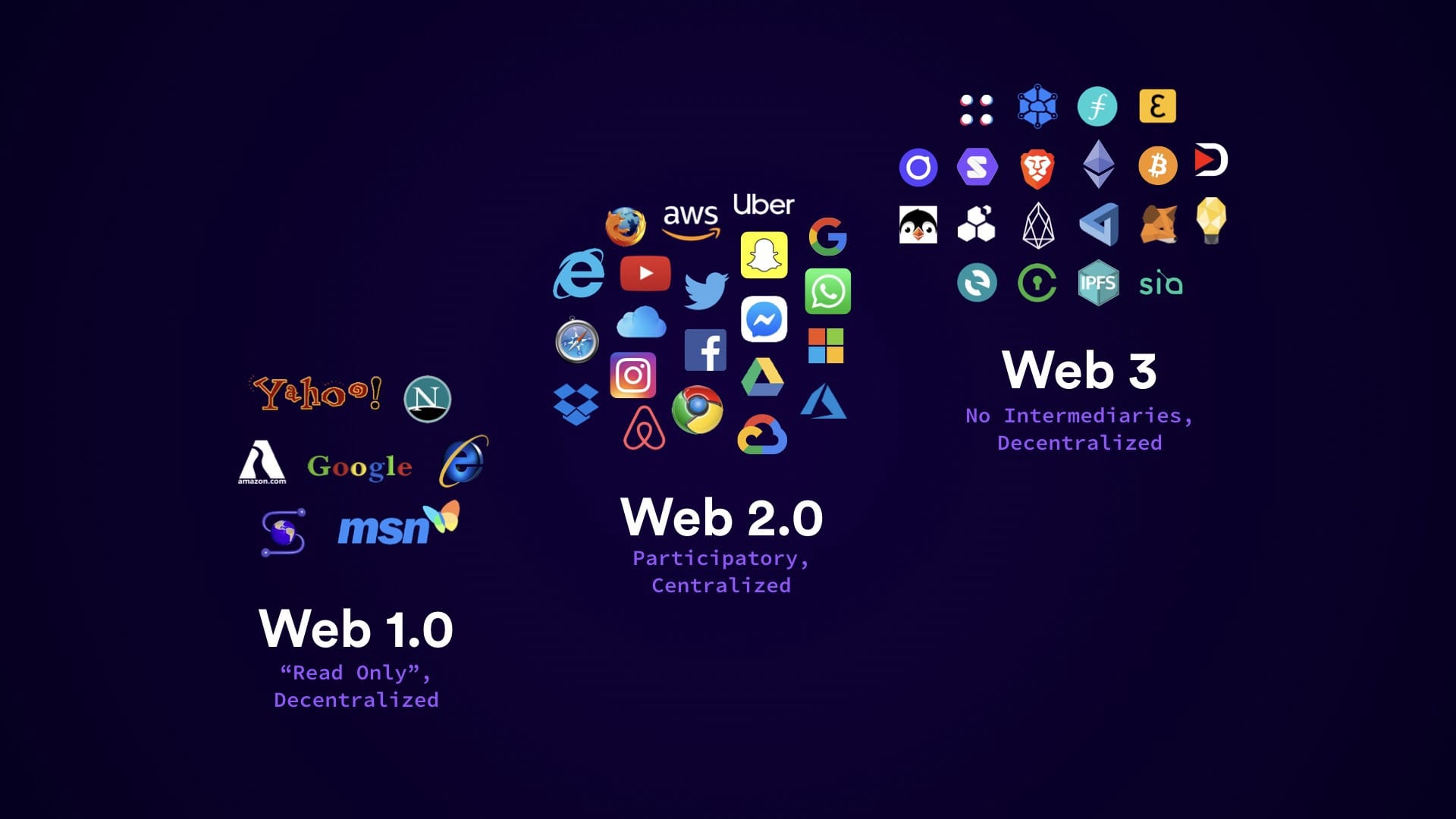
Benefits of Web 3
Web 3 offers a range of benefits for users.
Firstly, it provides users with more control over their data. This means that users can control who has access to their data and how it is used.
Secondly, it offers users greater privacy, as data is not stored in a centralised server.
In addition, Web 3 offers users more flexibility. As it is a peer-to-peer network, users can communicate directly with one another without the need for a centralised server. This offers users a more secure and efficient way to interact with the internet.
Finally, Web 3 offers users the ability to monetise their data. This means that users can earn rewards for their data, such as cryptocurrency, by providing it to third-party services. This could revolutionise the way people interact with the internet and open up new opportunities for users.
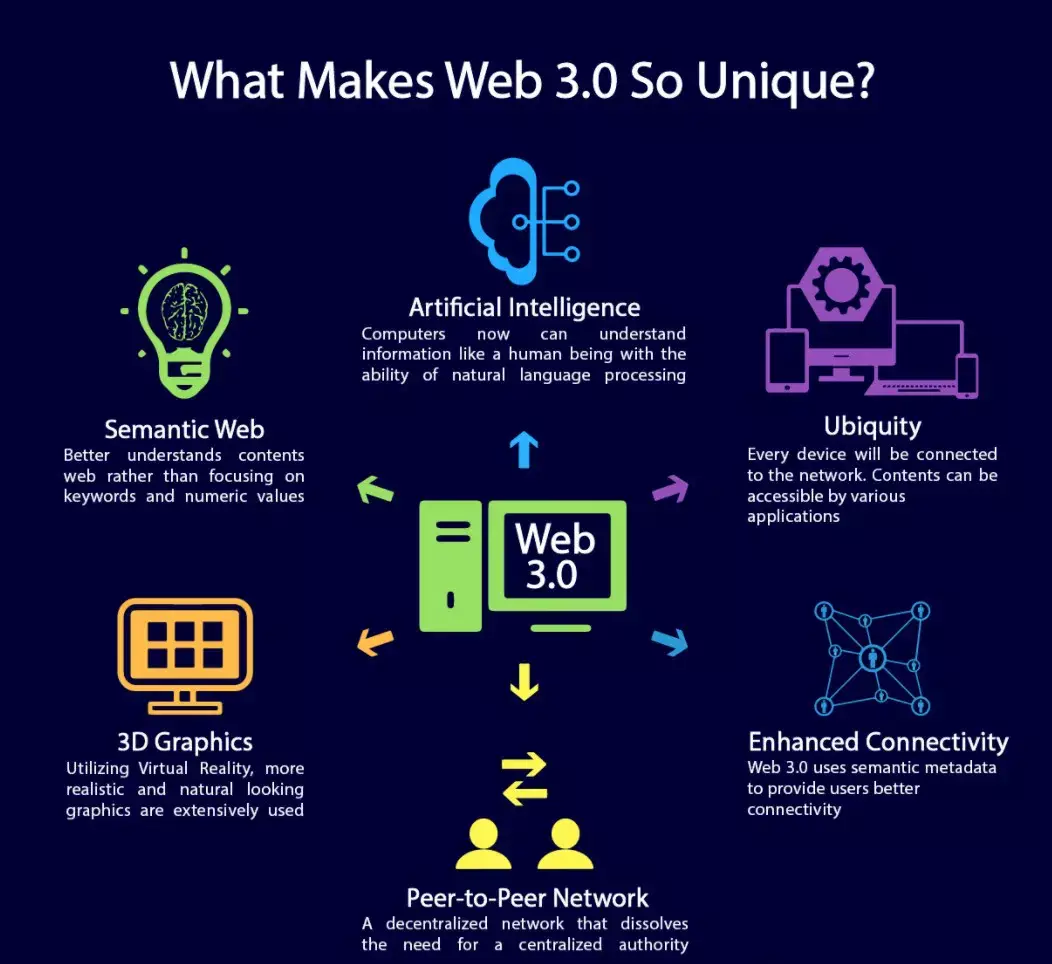
Examples of Web 3.0 Technologies
There are a number of technologies that are powering the development of Web 3.0. These include blockchain technology, distributed ledger systems, and smart contracts.
Blockchain is a distributed ledger system that allows users to securely store and transfer data. It also allows users to create digital assets, such as cryptocurrency, and securely transfer them across the network.
Distributed ledger systems are similar to blockchain, but they are more flexible and can be used to store and transfer a variety of data types.
Smart contracts are digital agreements that are enforced without the need for a third-party intermediary. They are powered by blockchain technology and can be used to automate a variety of tasks, such as tracking the delivery of goods or verifying the authenticity of documents.

Web 3 Use Cases
Web 3 can be used for various use cases, from payments to authentication. For example, it can be used to securely store and transfer sensitive data, such as medical records and financial information. It can also be used to track the delivery of goods, automate contract negotiations, and verify the authenticity of documents.
Web 3 can also create digital tokens, such as cryptocurrency, which can be used for payments and other financial transactions. This opens up a world of possibilities for businesses, allowing them to create new economic models and monetise their services.
Finally, Web 3 can be used to improve the security of transactions. As it is a peer-to-peer network, users can interact directly with one another without the need for a third-party intermediary. This means that transactions are more secure and less vulnerable to fraud.
Web 3 Security
Web 3 is a secure network, as it is powered by blockchain technology.
Blockchain technology uses consensus algorithms to ensure that transactions are secure and verifiable. This means that users can be sure that their data is safe and secure and that their digital assets are protected.
In addition, Web 3 is a decentralised network, which means that it is not owned or controlled by any single entity. This makes it more resistant to cyber attacks, as it is not dependent on any single server.
However, Web 3 is not completely secure. It is vulnerable to attacks, such as 51% of attacks, where malicious actors can control a majority of the network’s computing power. This could allow them to manipulate the transactions and digital assets on the network.
How Will Web 3 Revolutionise the Internet?
Web 3 has the potential to revolutionise the way we interact with the internet. It offers users more control over their data and their digital identities, and it allows them to interact directly with one another without the need for a third-party intermediary.
In addition, Web 3 opens up a world of possibilities for developers, allowing them to create decentralised applications (DApps) that are powered by blockchain technology. These DApps can be used for various use cases, from payments to authentication.
Finally, Web 3 offers users the ability to monetise their data. This means that users can earn rewards for their data, such as cryptocurrency, by providing it to third-party services. This could revolutionise the way people interact with the internet and open up new opportunities for users.
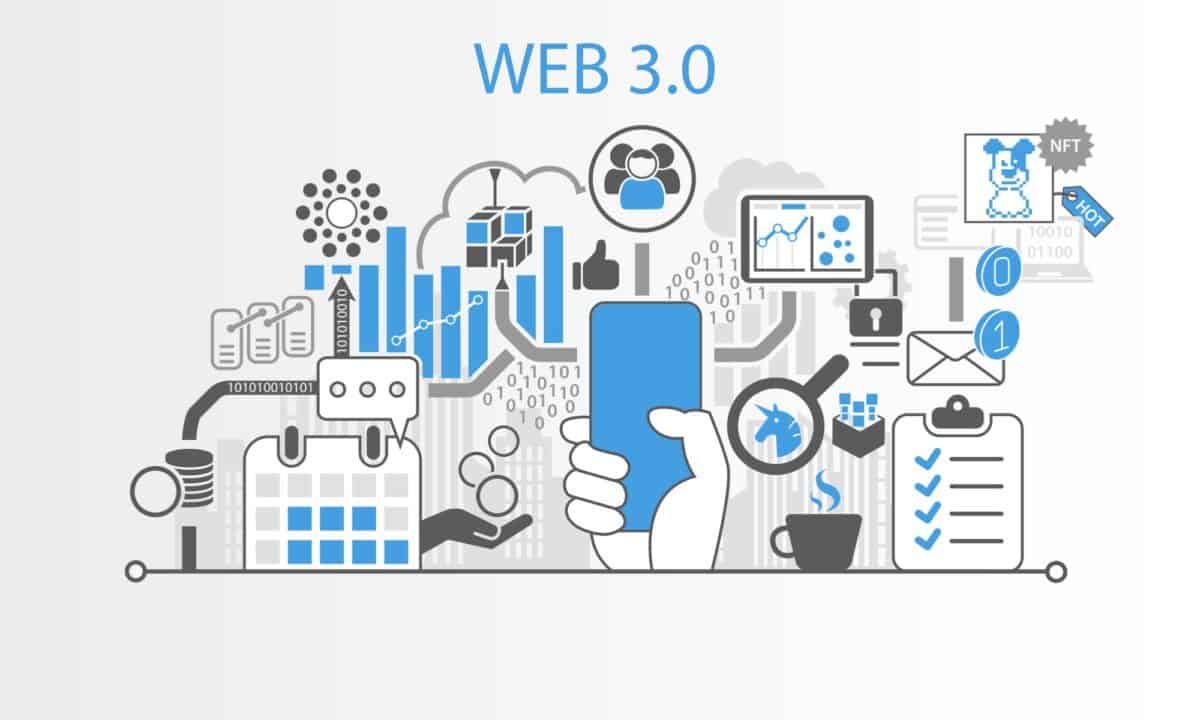
Challenges with Web 3
Despite its potential, Web 3 is not without its challenges.
Firstly, it is a nascent technology, and there are still many issues that need to be addressed before it can be adopted by the mainstream. This includes scalability and security issues, as well as the need to ensure that users have access to reliable and secure infrastructure.
In addition, Web 3 is not without its risks. As it is a peer-to-peer network, it is vulnerable to attacks, such as 51% of attacks. This could allow malicious actors to manipulate the transactions and digital assets on the network.
Finally, Web 3 is still in its early stages, and there are still many unanswered questions about its future. This includes how users will be able to access and use the network, how DApps will be regulated, and how the technology will evolve over time.
What Does the Future of Web 3 Look Like?
The future of Web 3 is still uncertain. However, it is clear that this technology has the potential to revolutionise the way we interact with the internet.
In the short term, Web 3 will focus on addressing the challenges that are preventing it from being adopted by the mainstream. This includes scalability and security issues, as well as the need to ensure that users have access to reliable and secure infrastructure.
In the long term, Web 3 has the potential to revolutionise the way we interact with the internet, as well as the way we do business. This could open up new opportunities for businesses, as well as new ways for users to monetise their data.
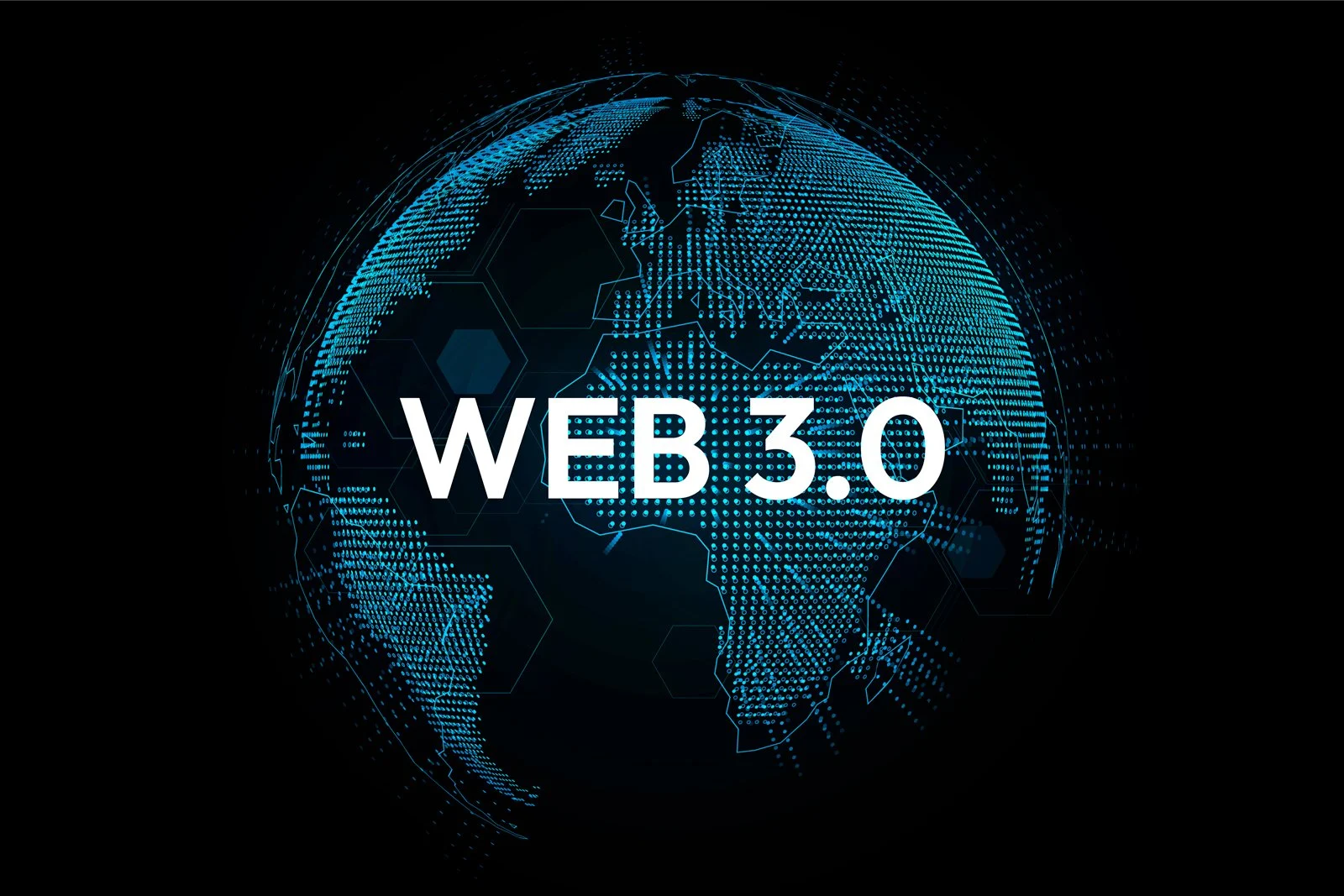
Conclusion
Web 3 is a revolutionary technology that has the potential to revolutionise the way we interact with the internet. It offers users more control over their data and their digital identities, and it allows them to interact directly with one another without the need for a third-party intermediary. It is a secure network, as it is powered by blockchain technology, and it is resistant to cyber-attacks. It also offers users the ability to monetise their data and create digital tokens, such as cryptocurrency.
Although it is still in its early stages, Web 3 has the potential to revolutionise the way we interact with the internet, as well as the way we do business. It is an exciting technology, and it will be interesting to see how it evolves in the coming years. You can learn more about web 3 with our educational crypto courses.

WRITTEN BY JOSE
Jose is full-time investor, business owner and educator. He is the founder of JSM Crypto a platform that was created to help people get educated in crypto.
Subscribe To Our Free Educational Newsletter
Our bi-monthly newsletter will keep you up to date on major events in the cryptocurrency sector. We will also share trading and investing ideas, tips, and tricks with you, all while continuously improving your knowledge and understanding of the investment world.




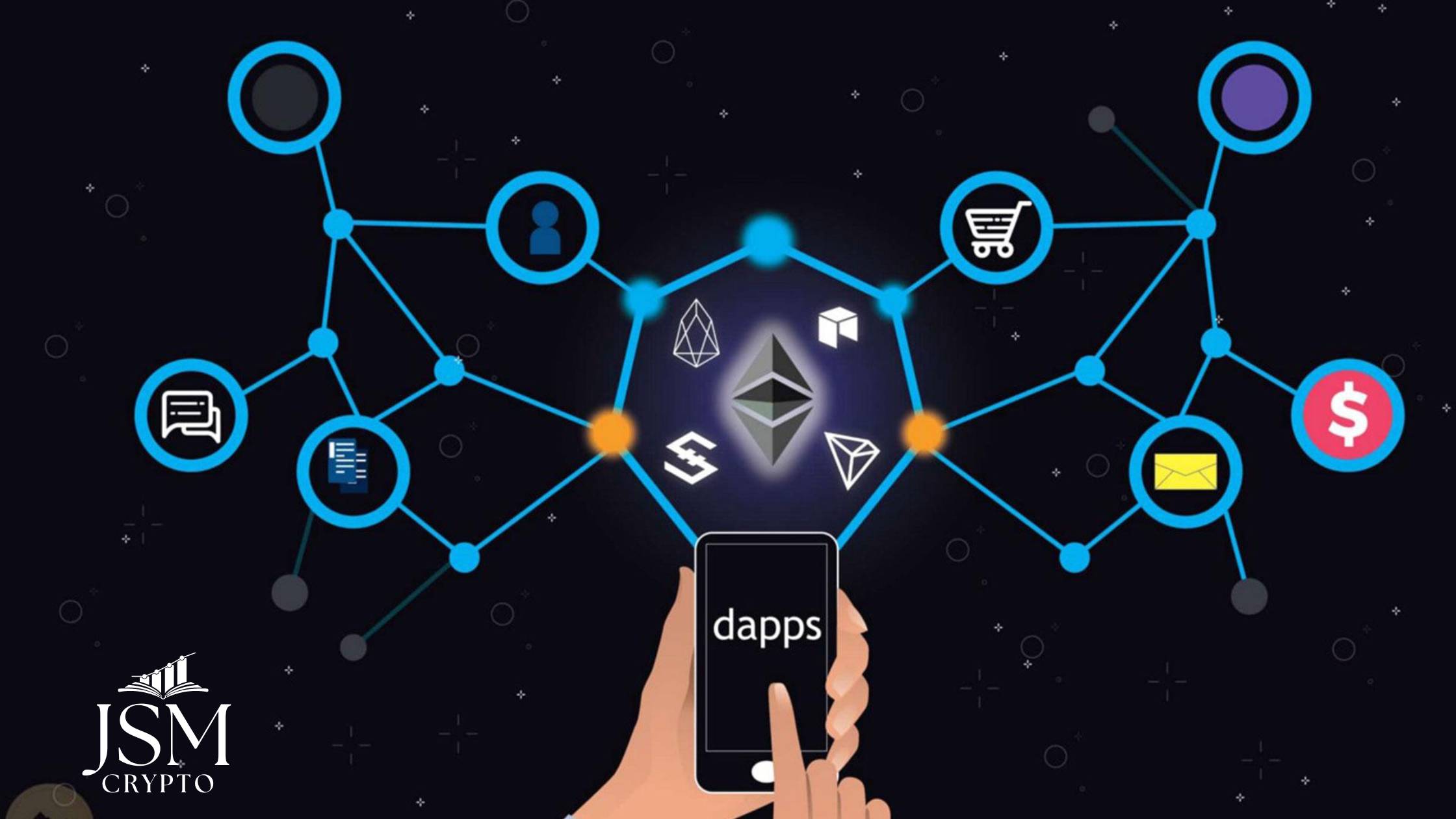
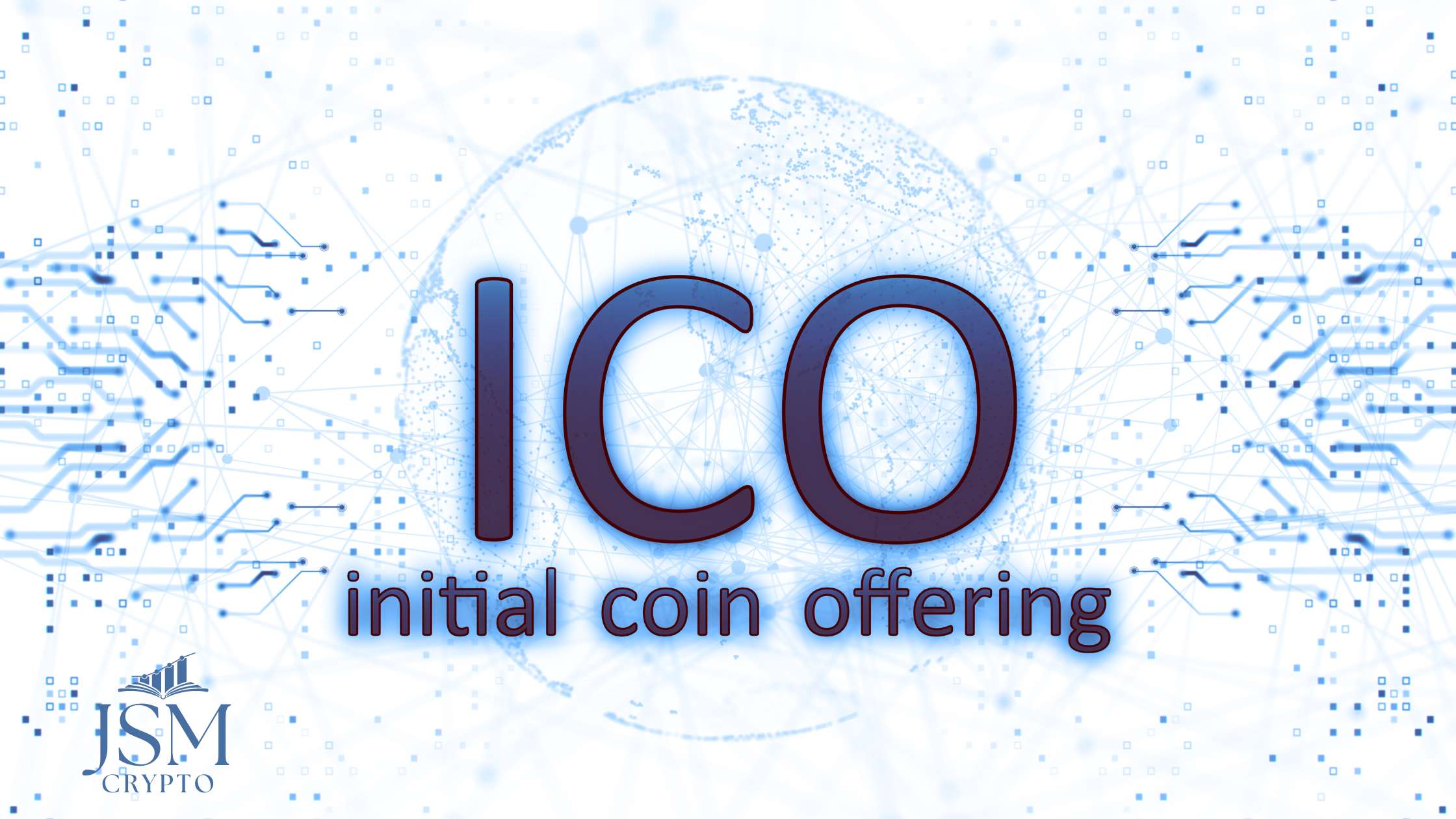


No Comments